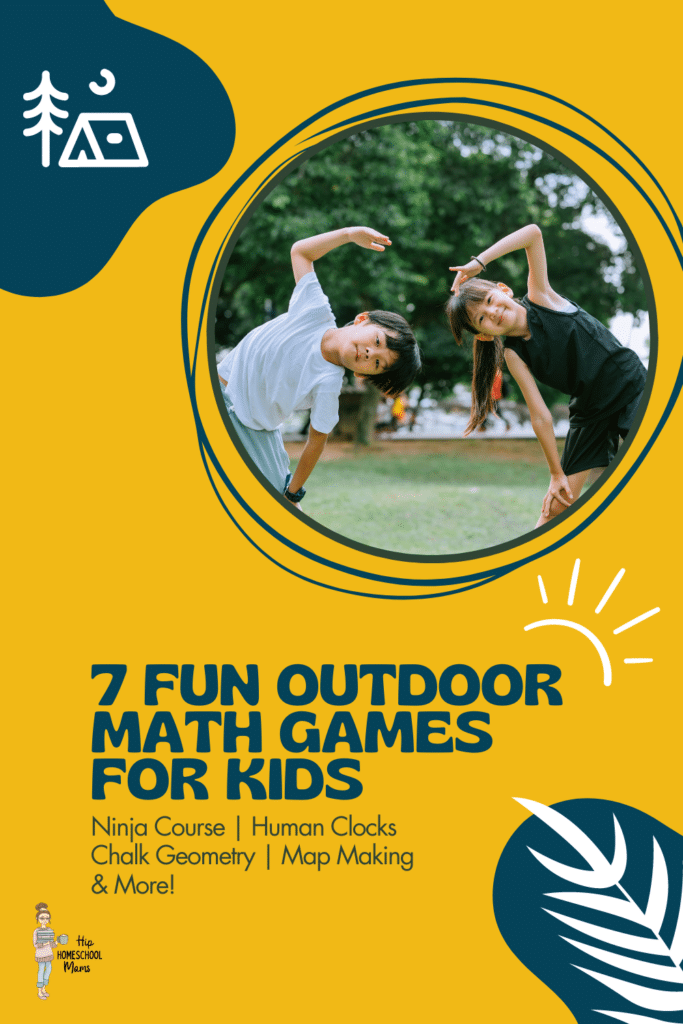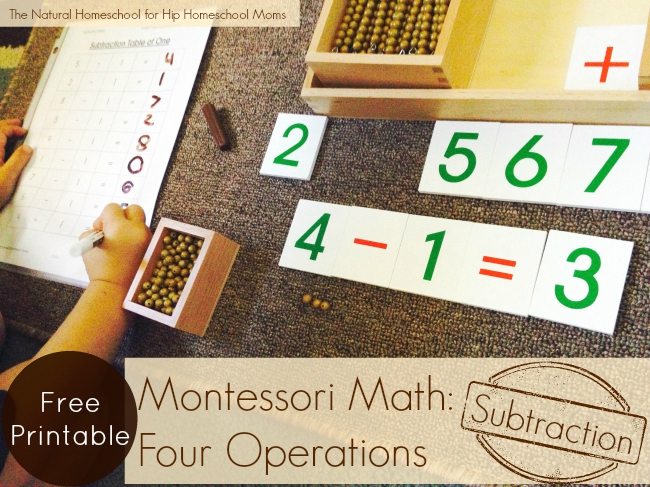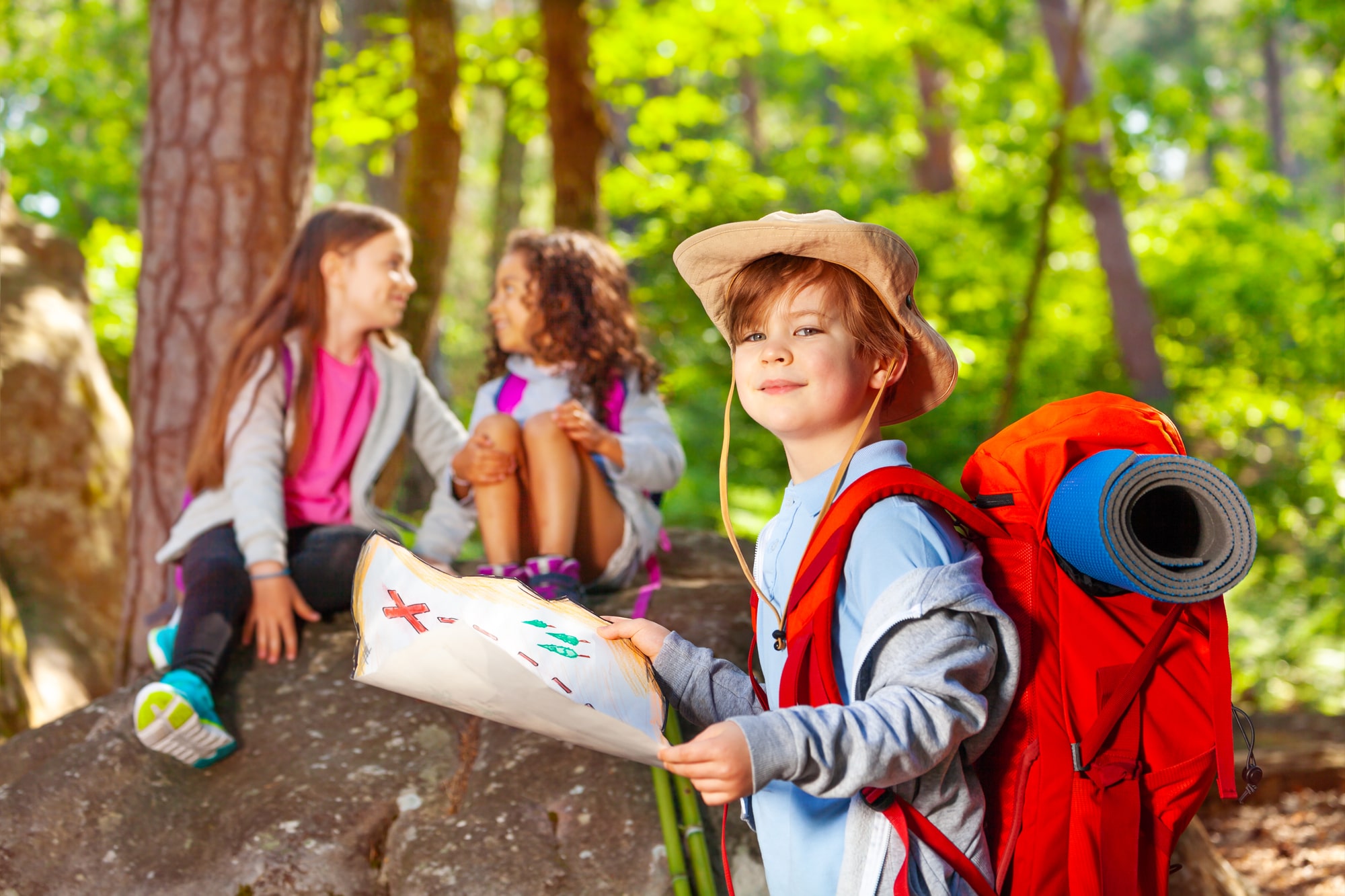7 Fun Outdoor Math Games for Kids
Getting hands-on with math is one of the best ways to help it “click,” especially if you have high-energy learners. And the great thing is, you don’t really need many special tools to combine math with playtime. Often, you can simply tie math practice in with outdoor activities that your kids already love to do. Outdoor math games combine learning and play so your kids get the best of both worlds!
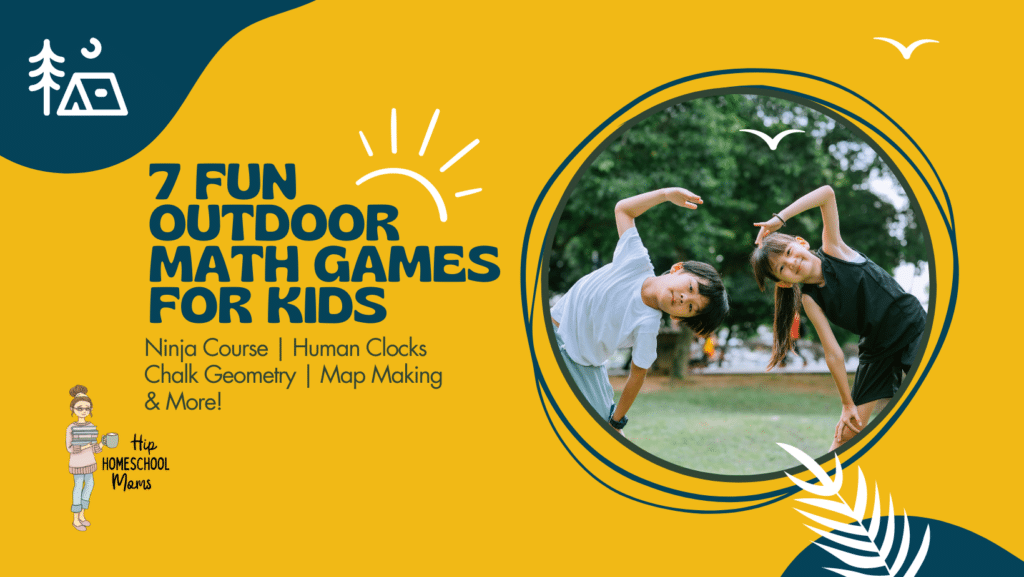
Today, we’re sharing 7 ways to use the playground for outdoor math games! From timed “Ninja Warrior” challenges to scavenger hunts, to classic games with a mathematical twist, these activities will make math fun by taking math off the page and into the real world for your young learners. All you need is a little imagination, some energy, and maybe a few pieces of sidewalk chalk! Here are seven fun outdoor math games you can do on the playground!
Before heading outside, I want to mention a terrific math curriculum, CTCMath. Is math the most dreaded subject in your homeschool? Do your children feel overwhelmed learning new math concepts? Are you burnt out and it is impacting your love of homeschooling? If so, please do yourself and your children a favor and check out this math curriculum. Those upper grades were impossible for me (just keeping it real), outsource it mama! If I had known how well it would work for my family earlier, I would have jumped on CTCMath long ago!
This curriculum worked wonders for our homeschooling family and helped us approach the subject of math in a new and more attainable way. They have a free trial and a 365-day money-back guarantee. Seriously, there’s every reason to try it out.
7 Fun Outdoor Math Games for Kids
1. Ninja Warrior Challenges Using a Timer or Stopwatch
Most kids don’t have to be told to create physical challenges for themselves on the playground (or to compete against one another, Ninja Warrior style!) And you can make this math activity even more fun by using a timer. Not only is this a great way to make things a little more exciting and competitive, but it also incorporates time-based math.
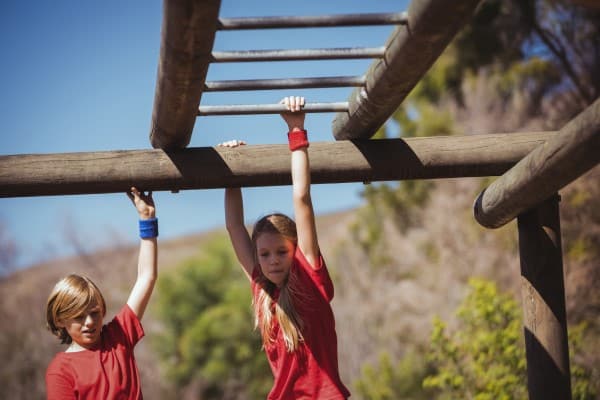
For example, let’s say that one child completes the Ninja course in 1 minute and 15 seconds, while another finishes in 1 minute and 30 seconds. This gives you some different ways to talk about math and time. For example, you could ask kids questions like, “How many seconds are in 2 minutes?” or “If you finished the challenge with 32 seconds left, how long did it take you to complete it?”
You could also use the winning time to set a new goal for this outdoor math game. For example:
- Kid A: 2 minutes – 1 minute 15 seconds = 45 seconds left.
- Kid B: 2 minutes – 1 minute 30 seconds = 30 seconds left.
Kid A wins with 45 seconds left (and now all the other kids have a new record to beat!)
2. “Design your Own Workout” Challenge Using a Table Chart!
You can continue to build on the physical challenge/workout theme by challenging kids to design their own workouts … while practicing table charts!
For this outdoor math game, give each child a blank table chart and then ask them to design a physical challenge using activities and numbers. The chart must have a list of physical tasks to complete (for example: jumping jacks or swinging a certain number of times on a swing set), as well as the number of times they need to complete each task.
You could even bring “skip counting” into this challenge if that’s something you need to review. For example, you could ask students to only include chart numbers that are reached counting by 2s or counting by 5s. Or if your children are practicing times tables, counting by 7s, 8s, and 9s.
Once everyone has designed their workout, it’s time to put these outdoor math games to the test! Kids can try out each other’s challenges, practice various routines, grow more adept at reading table charts … and of course, having fun.
If you’re a parent or supervisor with only one child, don’t worry; you can still participate and enjoy a good workout yourself!
3. Human Clocks
This outdoor math game is so much fun and a great way to practice telling time, especially for kinesthetic learners.
First, challenge your kids to draw a massive clock on the sidewalk (minus the hands) with some colorful sidewalk chalk. (If your learners are just starting to learn about time, drawing a clock is great practice in and of itself.) Once the clock is ready, kids can take turns transforming themselves into time-telling machines by using their arms and legs as the hands of the clock.
Try calling out different times of the day. Whoever is acting out the clock will have to arrange their body to show that time. For example, if you say, “Show me 3:45,” the child would need to adjust her arm to point at the 3 and her leg to the 9 on the clock.
This activity is great practice for telling time, and it’s also a fun and a memorable hands-on experience and doesn’t even have to be used as one of your outdoor math games… I found this fun clock rug you can use to practice time inside too!
4. Go Shape-Crazy with Chalk!
Chalk is the perfect tool for combining creativity and math when you’re playing outdoor math games with your kids. And this is especially true when it comes to playing with geometry!

Younger kids can use chalk to practice drawing basic shapes like squares, triangles, and rectangles. Encourage them to explore the differences between these shapes while having a blast with colors and practicing those fine motor skills.
With slightly older kids, you can add 3-dimensional shapes into the mix. Use chalk to teach or ask your children to draw cubes, pyramids, cylinders, and spheres. It’s more challenging than you might think (but can be really fun, too!)
If you’re in a groove with drawing your shapes, you can also try some more interactive geometry by practicing tasks like slides, rotations, and flips with the shapes you’ve drawn. You could even make it a game by starting out with a shape (like a triangle) and giving the next person a job in the sequence to follow.
For example, you could tell your oldest child to “slide then flip” the triangle, and she might tell another child to “flip it again” etc. This fun game is also sure to leave some beautiful math behind for whomever comes to the playground next!
5. Use Sticks or Chalk to Practice Tally Marks
Grab some sticks from around the playground and use them for practice with tally marks. After you have a small collection, kids can engage in challenges like “Who can jump on one foot the most times?” or “Who can make it from Point A to Point B in the least number of steps?”
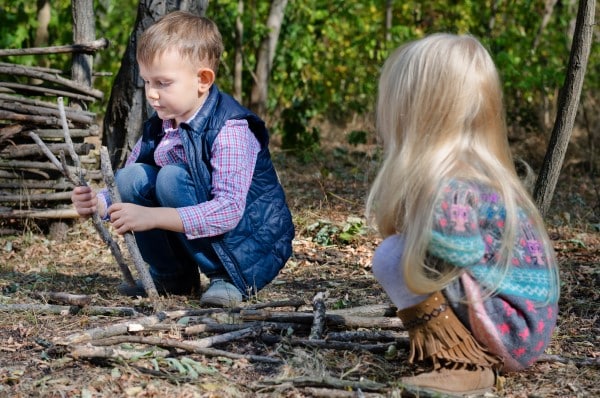
After completing each challenge, ask children to mark their achievements using tally marks. For example, if a child jumps six times on one foot, he will create a bundle of five tally marks, and then add one more in a new group to represent the sixth jump.
This tally-mark practice can be used for whatever physical activity you want to engage in on the playground, and playing with sticks is a fun way to get hands-on practice with the concept. But if you can’t find sticks around your local playground, craft sticks work, too!
6. Scavenger Hunts and Map-Making
If you have some graphing paper, a little time to plan, and some adventurous kids, this math-based scavenger hunt is sure to be extra fun and memorable for your crew. You’ll need at least two kids for this one, but more is even better! This might make a good group activity for a homeschool play day or field day.
Start by creating a map of the playground using graph paper. Involve the kids in the process of making the map. Make it fun. You may even want to pretend to be pirates, measuring the squares on the graph paper in terms of “paces” (large steps). Be sure to include all important landmarks.
Next, divide your kids into two teams. One team will hide the “treasure” (which can be small prizes, math problems, or a mix of both!) The team that hides the treasures will also mark them on the map. The other team will use the map to discover each hidden item.
For example, they might find a note saying, “Solve 45 + 52 to proceed to the next point.” Alternatively, they might find a bouncy ball, or a container of Play-Doh (or whatever you have hidden, depending on how fancy you want to get).
When the map has been designed and solved, everybody wins together, and the prizes can be divided! This is great practice for graphing, but also collaborative learning. It’s also extremely satisfying for kids to uncover the clues. Warning: approach only on a day when you have had adequate amounts of coffee!

7. Revisit Playground Classics (with a Math Twist)
Sometimes bringing outdoor math games to the playground is as simple as tying math facts into outdoor classics. Timeless playground games like “Simon Says,” “Mother May I,” and “Hopscotch” can all be easily transformed for math review that’s fun and simple.
For “Simon Says,” and “Mother May I,” you can change the game to be entirely based around math-y commands. This is especially good for the littlest learners who are just learning to count or do very simple addition and subtraction. For example, the leader might give commands like: “Simon says clap your hands nine times,” or (for “Mother May I”), “Take 5-3 steps forward.”
For hopscotch, you can write numbers in the squares and have kids perform math operations as they hop along. For example, they could add (or subtract, or multiply) each number as they jump, calling out the answer. There are plenty of ways to adjust this for your child(ren)’s needs!
These are just 7 ways to review and practice math on the playground with your kids. Which of these outdoor math games sound like ones you could use with your kids, and what would you add to this list? We’d love to add your ideas and suggestions!

